The 2024 Monster Manual for Dungeons & Dragons brought with it a lot of changes for existing creatures, and not just by extending their families or updating their moveset. Certain creatures have had their classification changed, and in most cases, the change is understandable, like werewolves now being monstrosities.
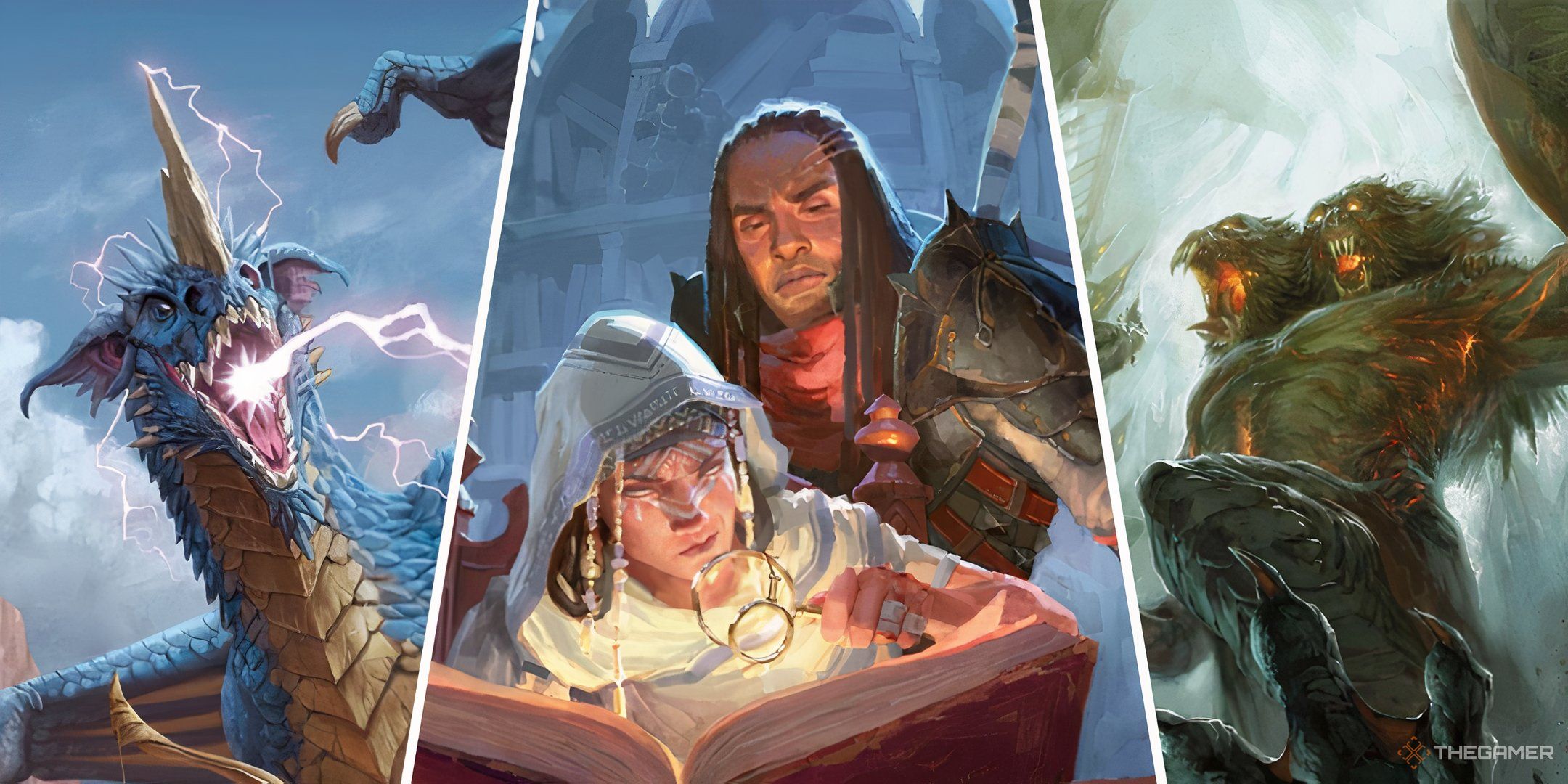
Related
Dungeons & Dragons: The 20 Best Adventures For Low-Level Parties
These adventures are perfect for low-level D&D parties.
But one strange shift in creature type is for the gith, who are now considered aberrations. In case you are unaware, that is the same classification that beholders and mind flayers have, the latter being the sworn enemies of the gith. So why are these green-skinned people classified as the same as their slimy mortal enemies?
What Is An Aberration?
An aberration is a creature from or heavily changed by the Far Realm, a place of tentacled madness outside the known multiverse. Barely peering into it can wrap the mind of even the bravest adventurers, and not even the gods dare venture into its unknowable depths.
Spending even a single turn in the Far Realm can deal up to 9D6 psychic damage to a player.
While many creatures hold the classification of aberration, the ones that have spread the most throughout the multiverse are the mind flayers. They come from a place beyond creation, trying to make their Grand Design come to be; if that ever happened, it would mark the end of existence as we know it.
Some aberrations aren’t from the Far Realm at all, but they have features similar to those twisted creatures that they fall in the same category. One such example is the slaadi, who hail from the chaotic plane of Limbo and embody the disorder of their home realm.
Why Are Gith Classified As Aberrations?
In the 2024 Monster Manual, the two variants of gith – the githyanki and githzerai – are considered aberrations, even though they were always classified as humanoids in previous publications. This has most to do with their time spent as slaves of the mind flayers, and how eons of experimentation or merely living beside such creatures can fundamentally change someone’s nature.
The first to rebel against the mind flayers was known as Gith, hence why the entire species was later known as the gith.
This has always been represented by their different psychic abilities, something far from common among the humanoid species. However, it isn’t just their past that defines them, but also their present, since their way of life is far from something anyone would consider common.
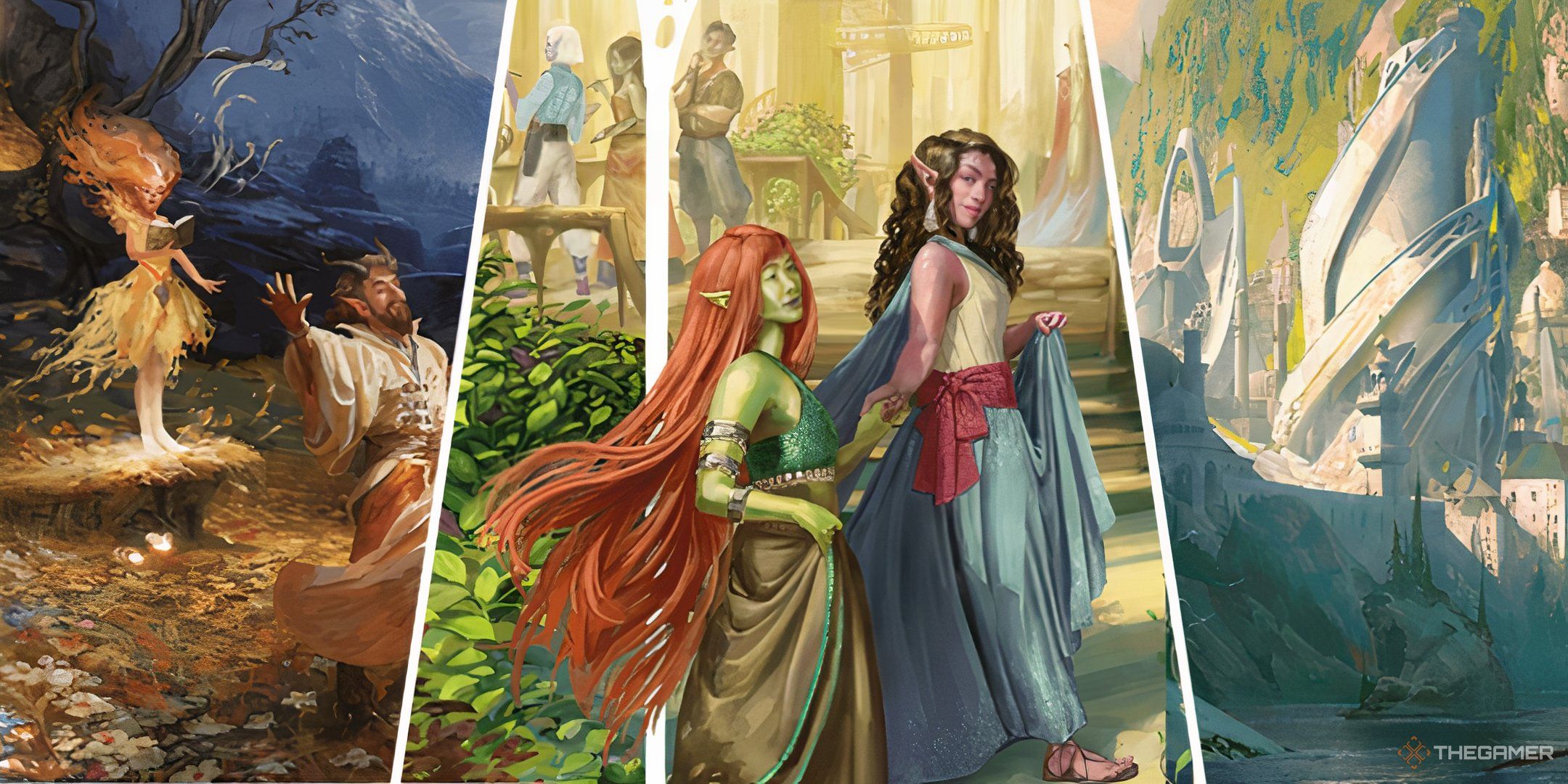
Related
Dungeons & Dragons: The Types Of Elves Explained
Elves come in many shapes and forms in D&D. Check out your favorite ones.
The gith split into two clans due to a shift in beliefs: the githyanki follow a path of conquest and constant war against their former slavers, while the githzerai see that constant warmongering as part of the Grand Design, wanting to take no part of it. While both clans are openly hostile towards one another, the githzerai keep to themselves and build their settlements in places not frequented by either the githyanki or the mind flayers.
The Githyanki
Thanks to Baldur’s Gate 3, many Dungeons & Dragons enthusiasts are aware of how the githyanki work, at least in general terms. They are highly militaristic, following their lich queen Vlaakith in her quest against the Mind Flayers, although the place they call home is the oddest part of their culture.
Githyanki means ‘followers of Gith.’
The githyanki live in the Astral Sea, a place that few visit and even fewer stay. Time doesn’t pass in the Astral Sea, so while that makes mortal races virtually immortal, it also means that children don’t age, so they have to grow up elsewhere.
Githyanki are often met by denizens of the Mortal Planes thanks to their Creches, places where the eggs of their people are hatched, and the young are trained. This allows the children to grow into maturity so they can join their elders in the Astral Plane.
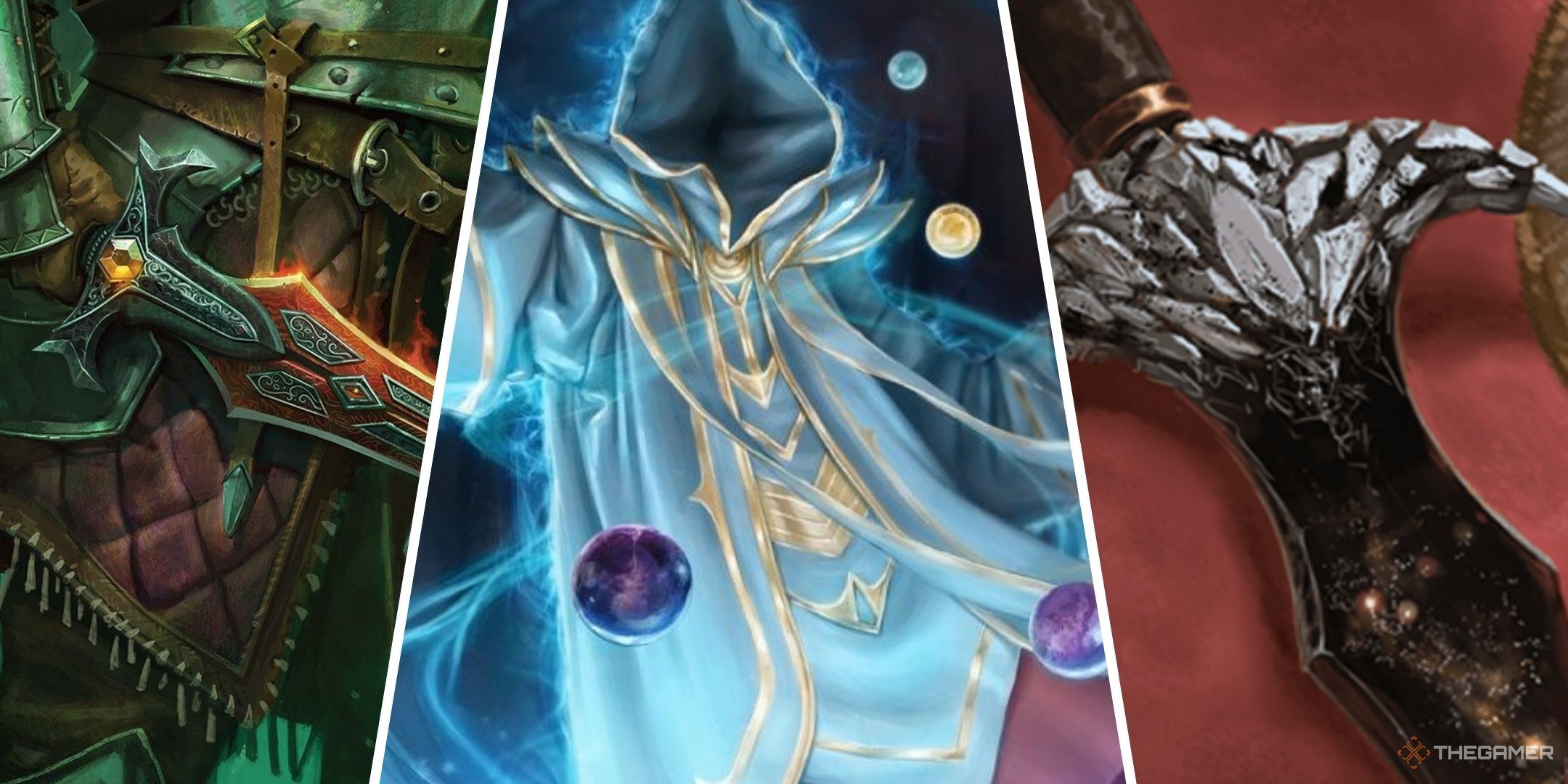
Related
Dungeons & Dragons: 20 Best Legendary Magic Items
These legendary magic items certainly live up to their title.
The martial supremacy of the githyanki is enhanced thanks to an ancient alliance between Gith and Tiamat, where the githyanki gained the service of innumerable red dragons. The true nature of the alliance is unknown, in particular, what exactly the dragon goddess Tiamat gains from aiding the githyanki.
Therefore, the githyanki are aberrations due to:
- The alterations caused by the mind flayers.
- Their alien way of life on the Astral Plane.
- Their innate psychic abilities, like Telekinesis or an invisible variant of Mage Hand.
The Githzerai
The githzerai are far less militaristic but no less serious, refusing Vlaakith’s rule and choosing to live in Limbo instead of the Astral Sea. However, Limbo is no less strange for mortal creatures than the Astral Sea, being a place governed by thought, where structures can be built or collapsed by a mere whim.
Githzerai means ‘those who spurn Gith.’
While their biggest settlements are in Limbo, githzerai look for other chaotic planes to meditate on, such as the Abyss or the Feywild. They aim to hone their minds for they suspect that the mind flayers still exert some control over all gith kind and might one day come back to claim their slaves back into place.
Therefore, the githzerai are aberrations due to:
- The alterations caused by the mind flayers.
- Their constant inward meditation in impossible places like Limbo or the Abyss.
- Their innate psychic abilities, like melee attacks that deal psychic damage or an invisible variant of Mage Hand.
Are All Gith Aberrations?
What ultimately defines if a given creature is one type or the other is where their past generations have lived, and this is true not only for gith but also for all other species. An elf that is native to the Feywild would be classified as a fey, while one from the material plane would be classified as humanoid.
Being an aberration alters certain game mechanics, particularly spells, so it is recommended that players always play as humanoids.
As such, a gith that has lived its life on the material plane, and experienced the same things a regular dwarf or orc might, would be considered a humanoid. Any gith that is part of the githzerai or githyanki, or that has lived most of its life in similar circumstances, would be classified as an aberration.
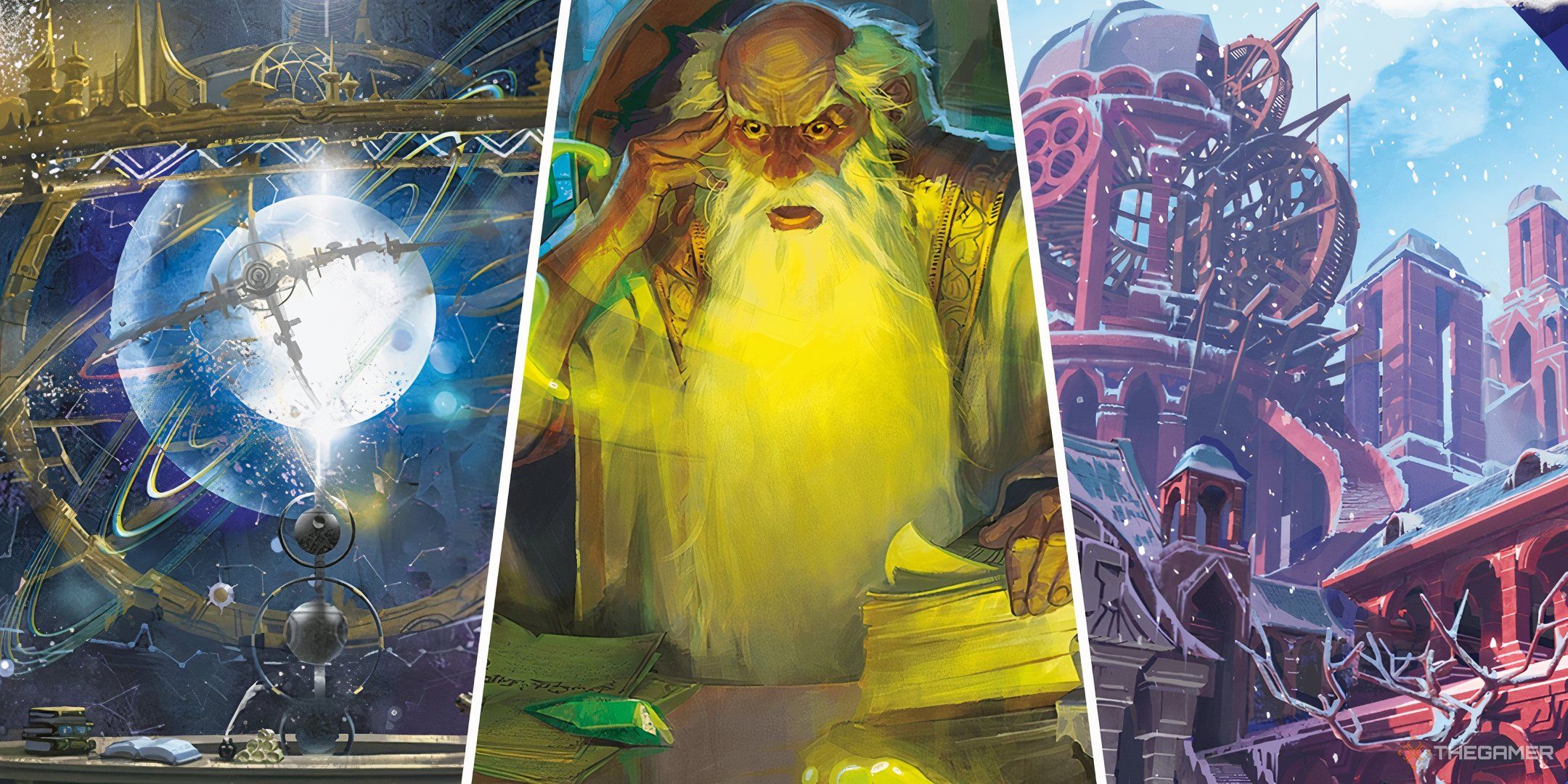
Next
Dungeons & Dragons: How To Build A Powerful Magic Bastion
Want to create the perfect magical bastion of your dreams in D&D? This guide has everything you need to know.
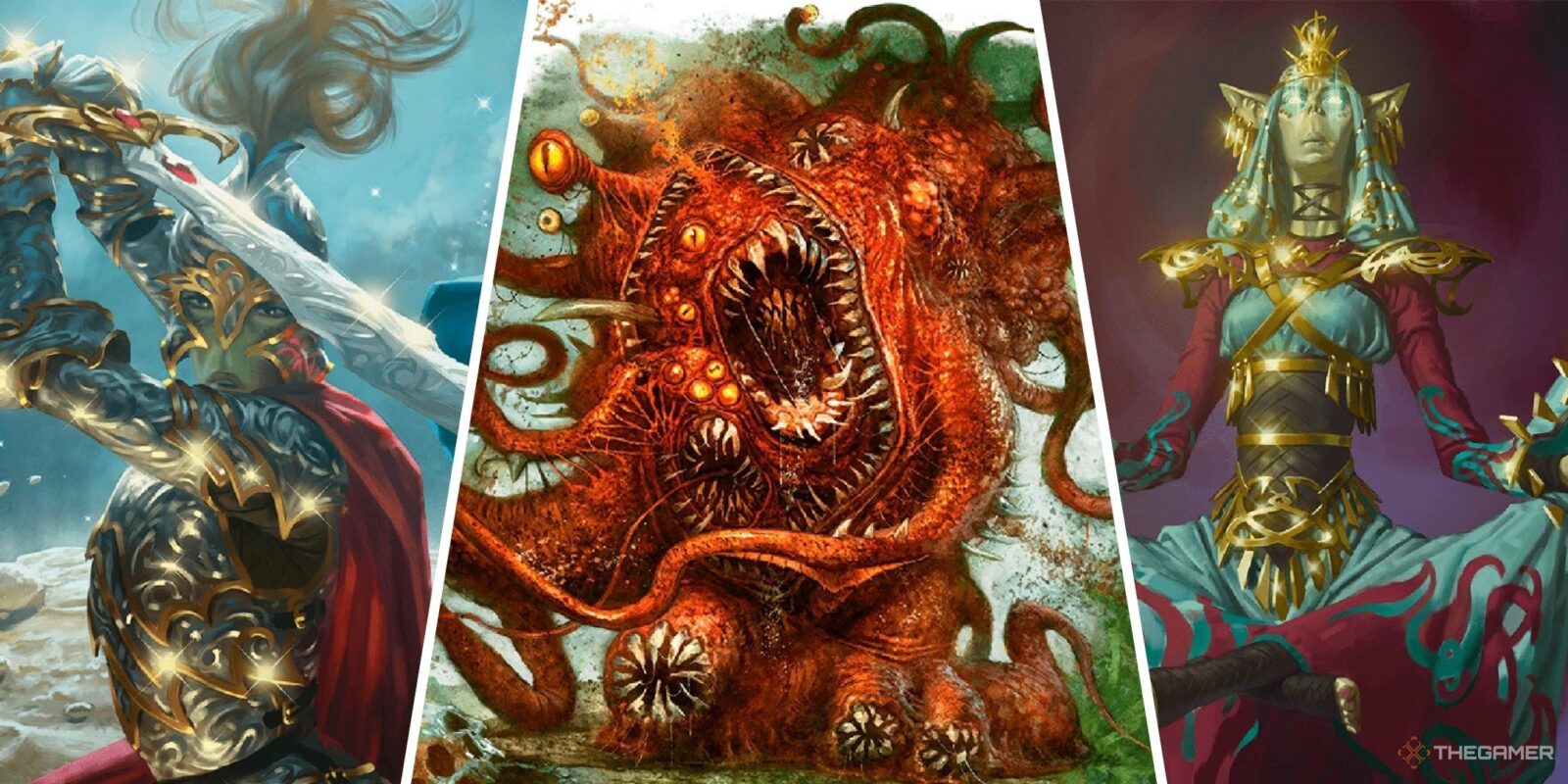

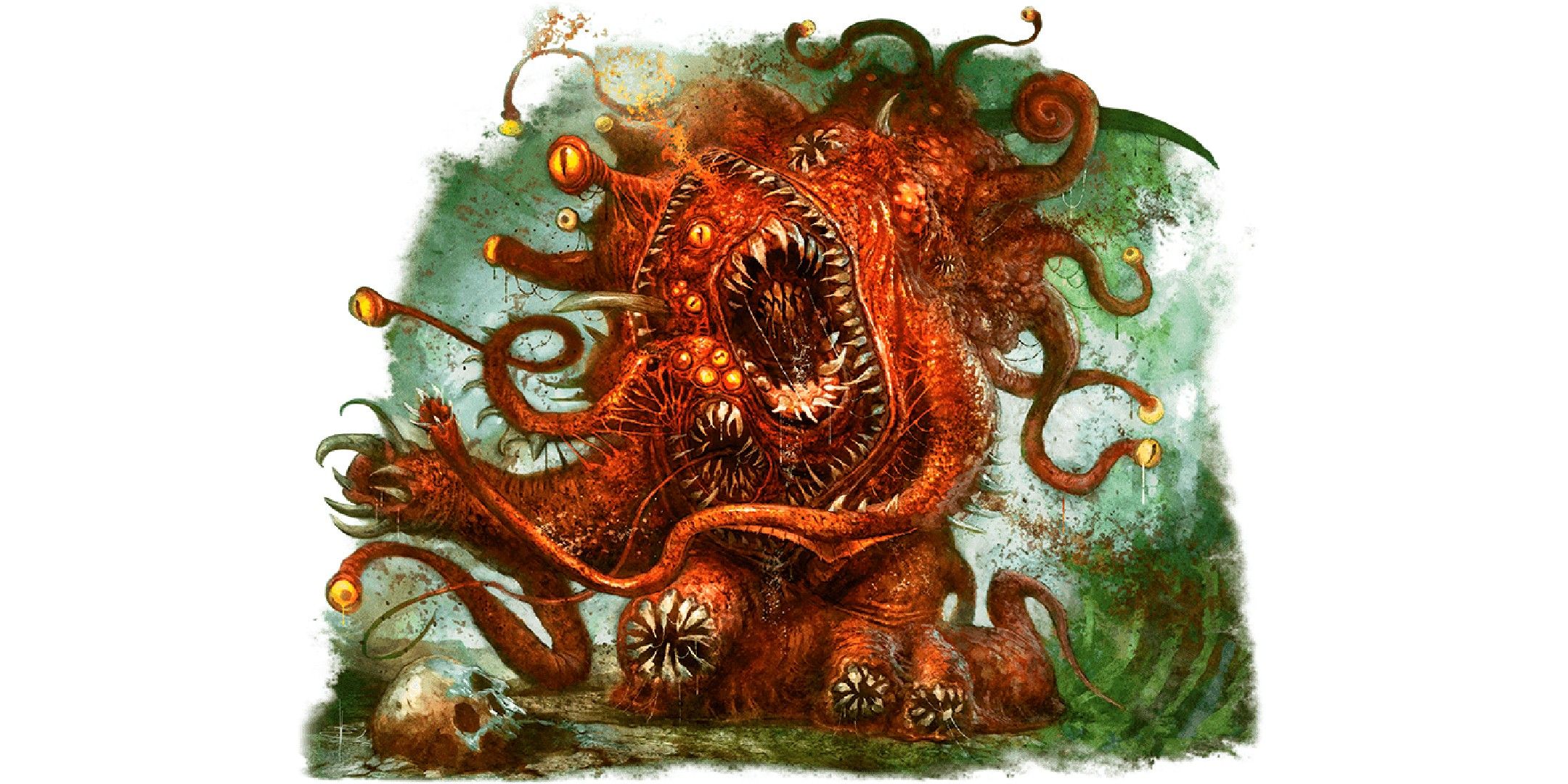
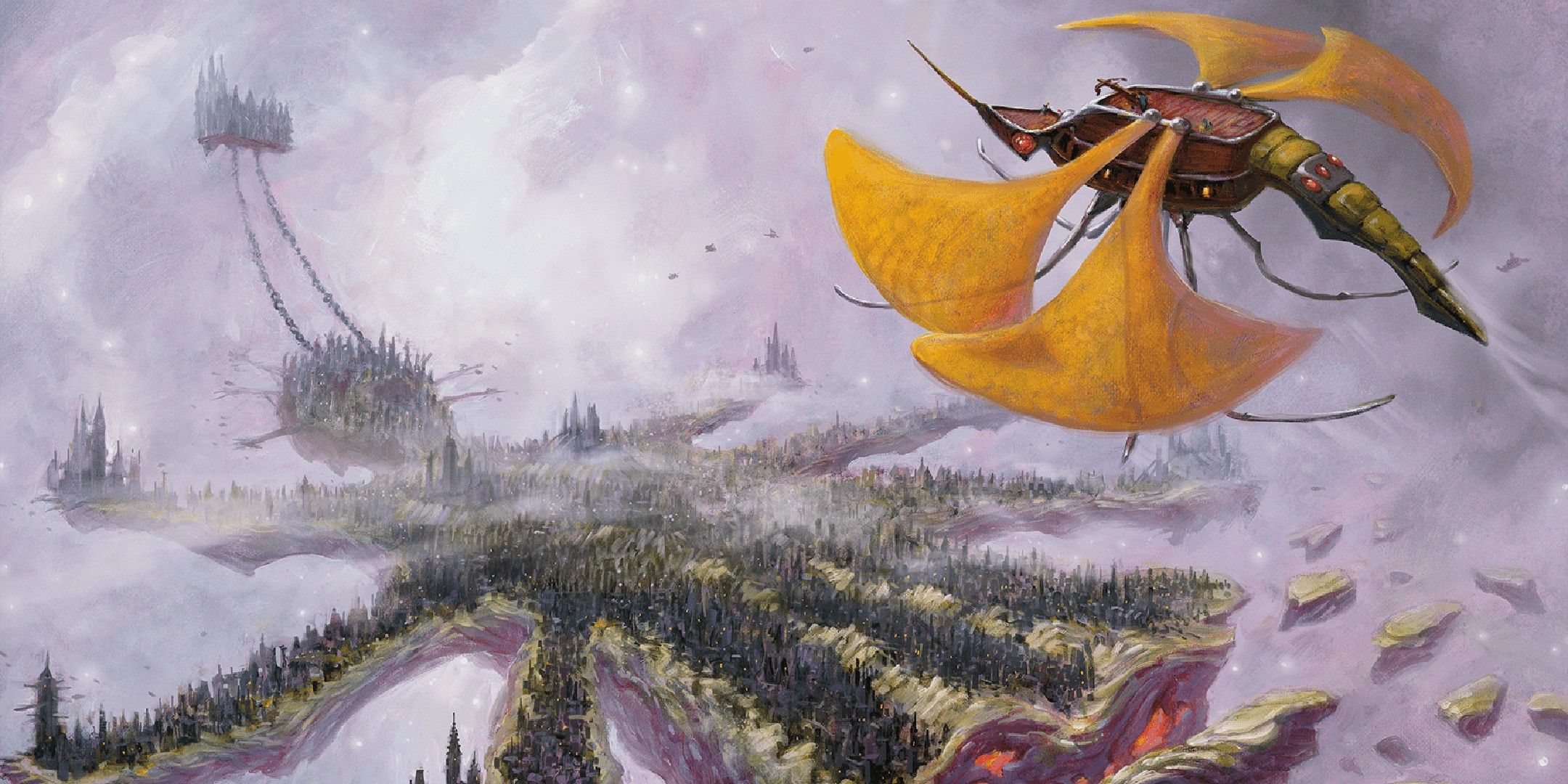
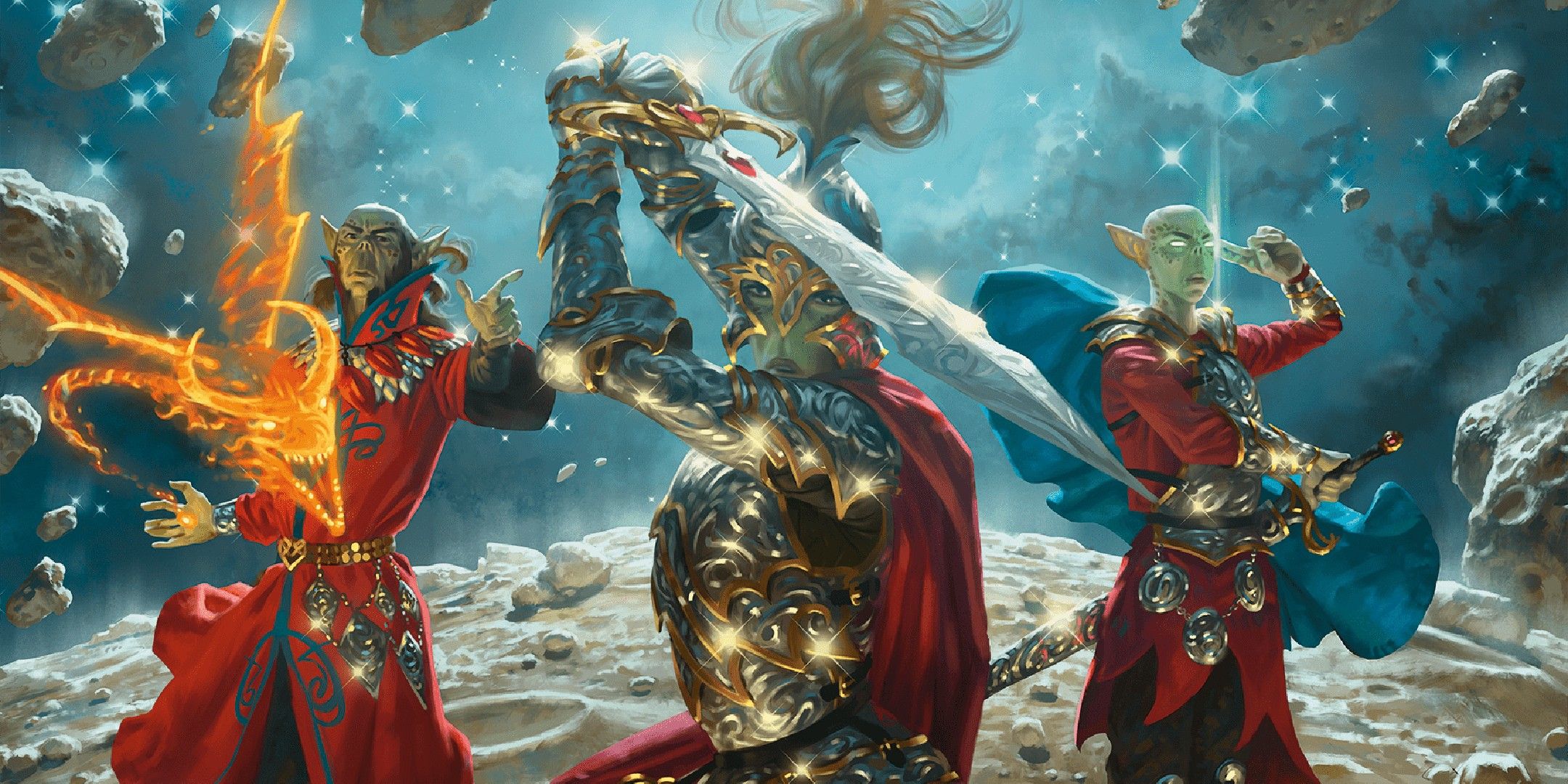
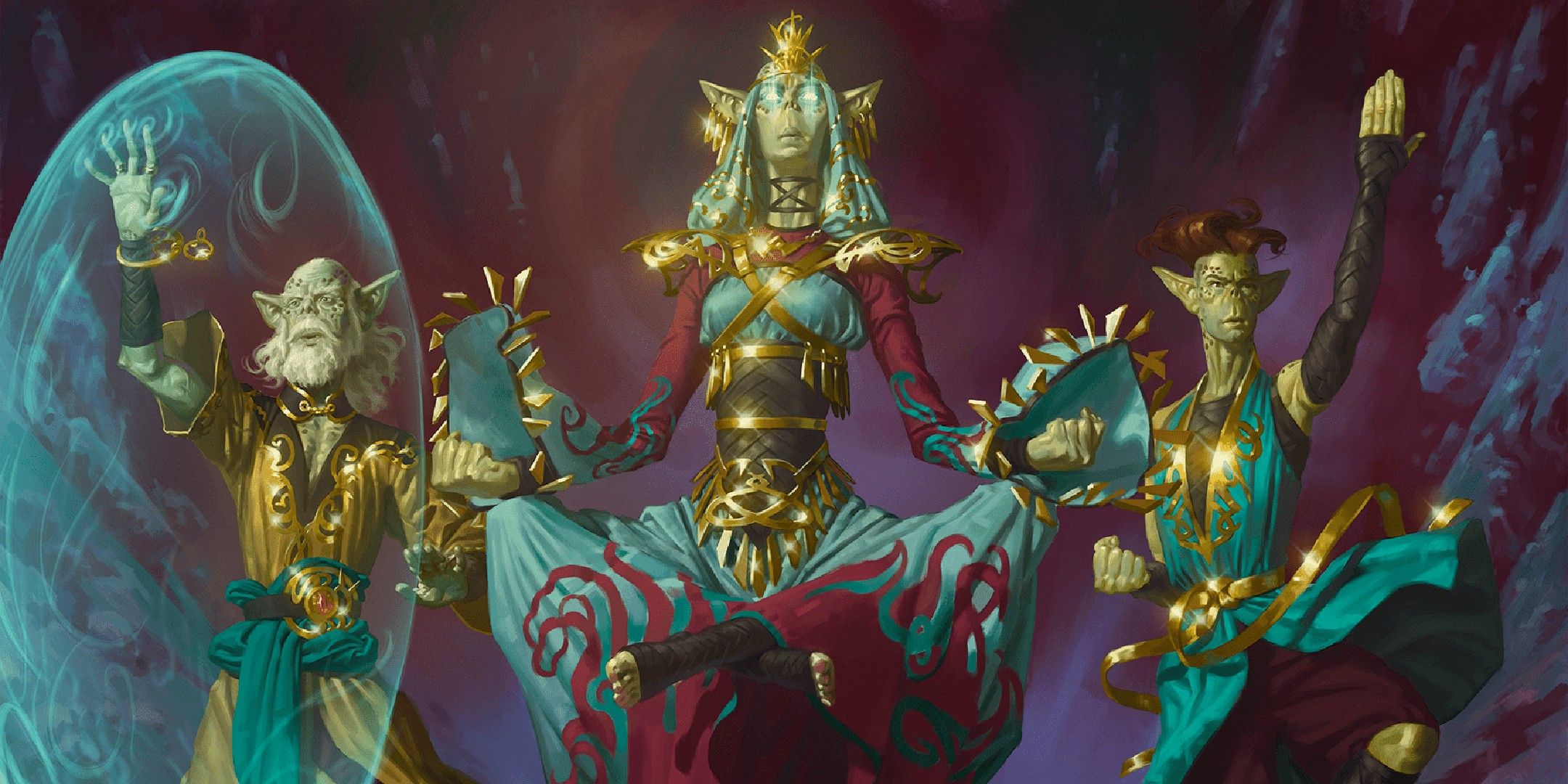
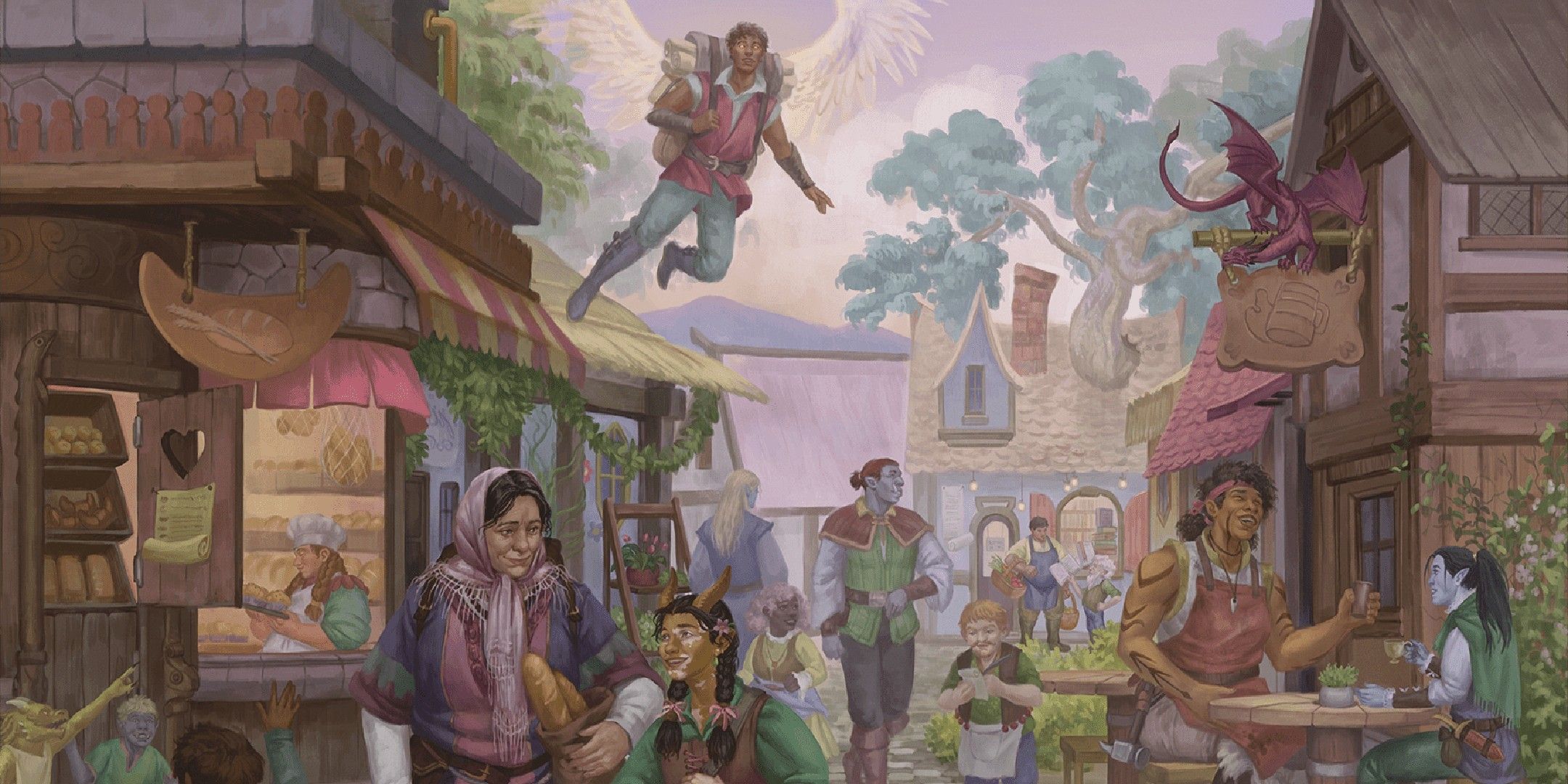


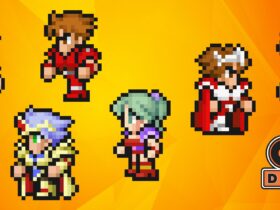


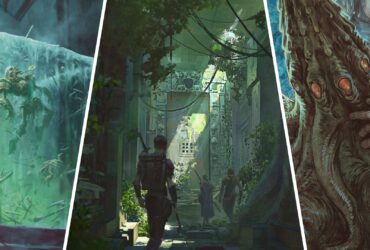
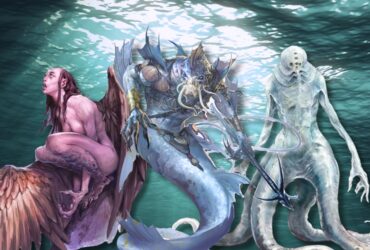
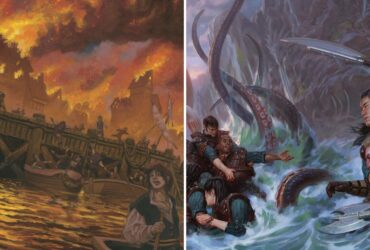
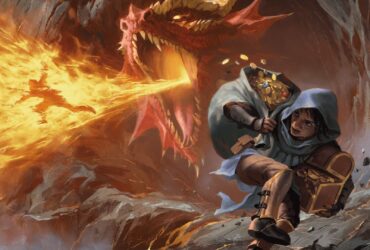

Leave a Reply